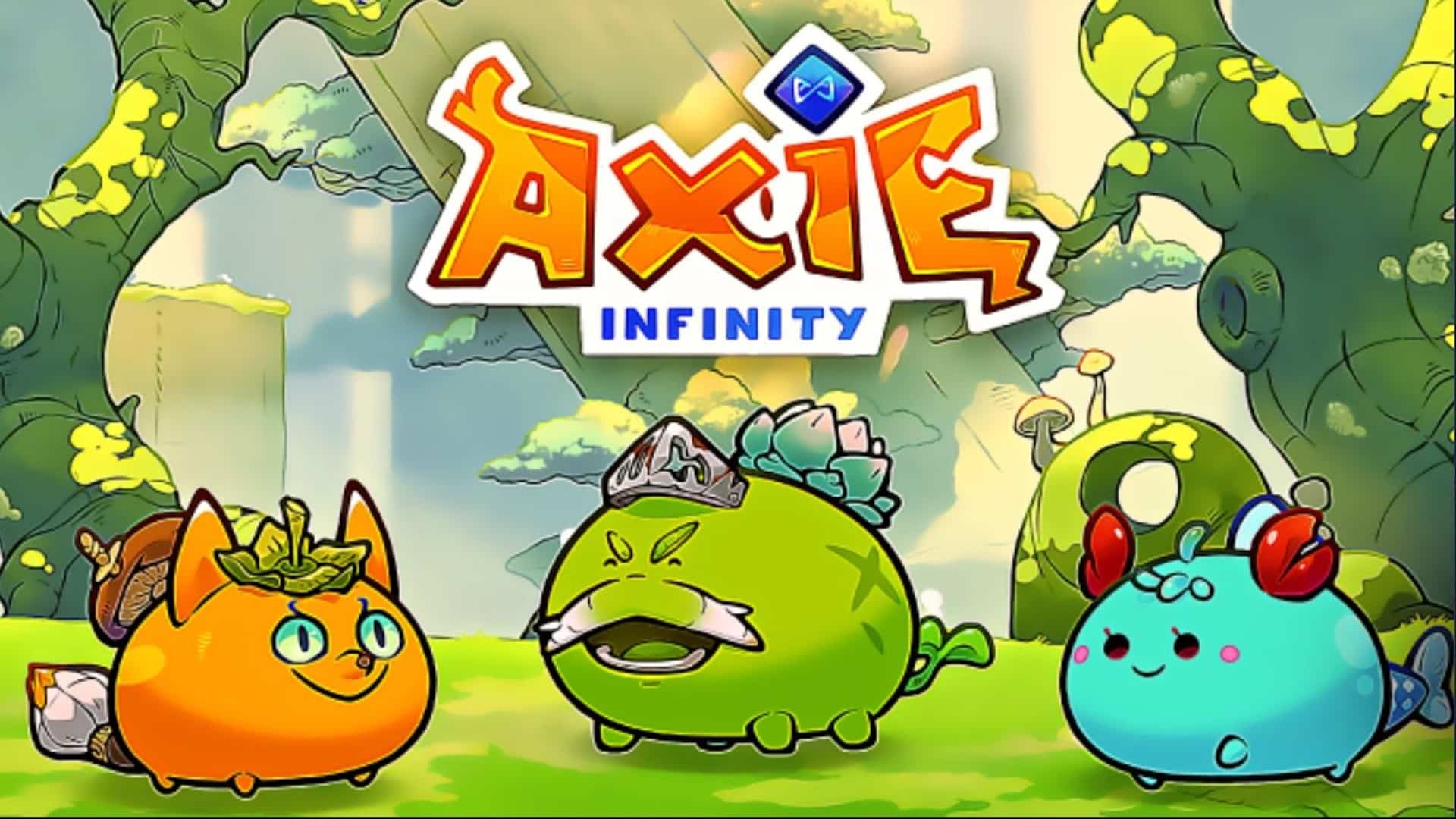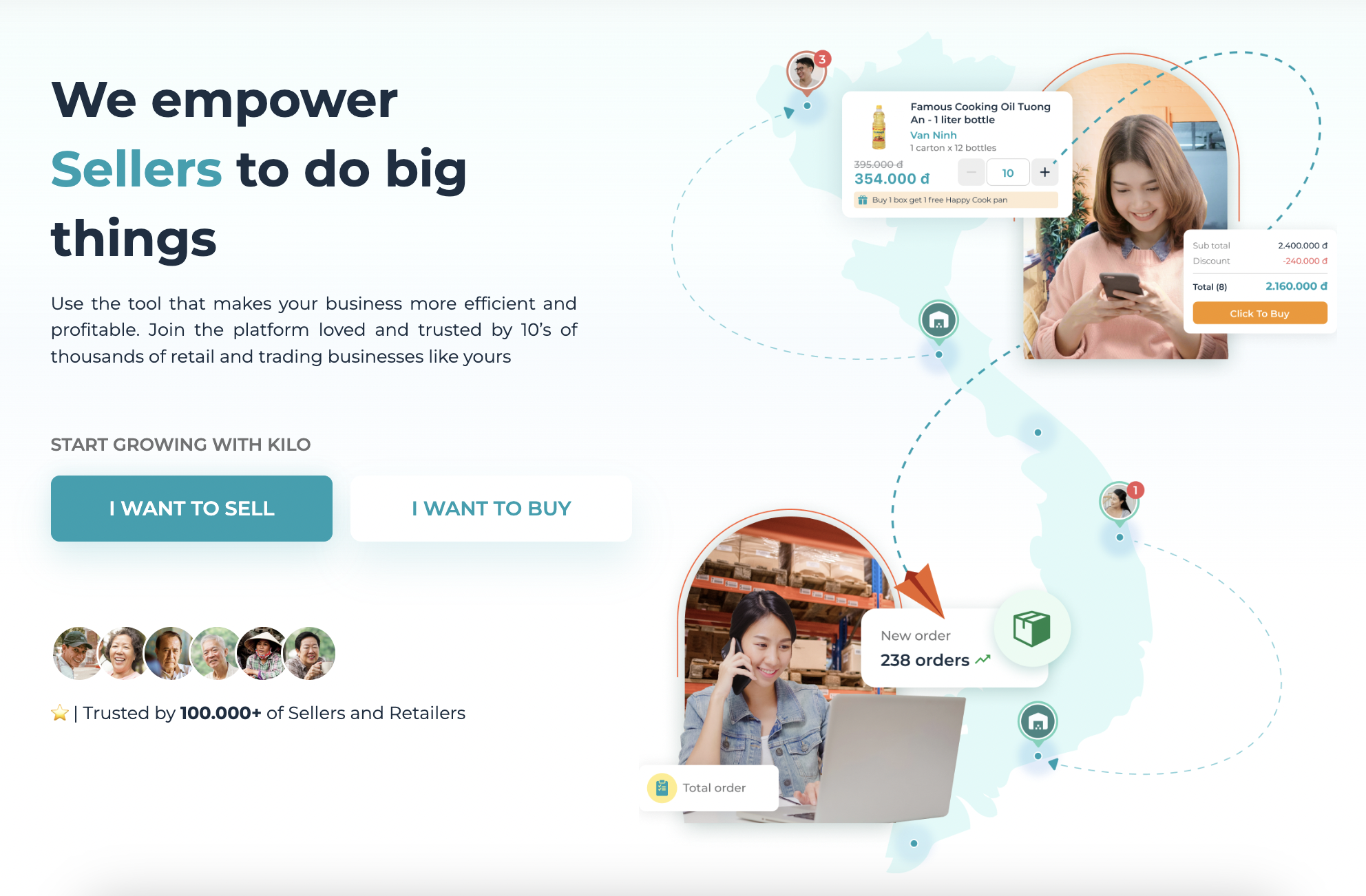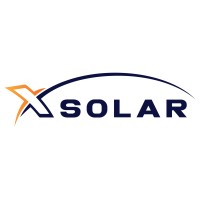Before we start
This document is created as a business case for RENEC – a Blockchain company as a part of the recruitment process. It is written with a certain amount of assumptions due to the limited resources of time and personal resources for the sake of the test. Those are listed below:
- This document will consider the product RENEC lend does not exist.
- The user interviews are simulation interviews and do not stand for the real customer voice.
- The prioritization being made for the solutions is only based on the writer’s opinion research.
- User research should be done with both qualitative and quantitative data, but the qualitative data is cut off in this product ideation process.
- Note that the content of this document is not considered to be confidential. Any information that is required to be non-disclosable won’t be included.
Context
Emerging from 2009 with the appearance of Bitcoin, the Blockchain, or web3 has been one of the fastest growing industries, with thousands of companies founded with the aim of solving different real-world problems with the power of blockchain.
In that context, RENEC is a decentralized blockchain platform designed to enable creators to build experiences that provide to the billion users in the Web3 era. Founded in 2021, RENEC blockchain is an open-source project currently run by the RENEC foundation. RENEC’s third-generation blockchain architecture is designed to facilitate smart contracts and decentralized application (DApp) creation. Below are prominent products introduced on the RENEC official website (https://renec.org/):
- ReUSD: A stable coin enabling users to liquidate their tokens across multiple supported chains.
- Wrapped token: Solutions of bridging tokens from one to another.
One of the next challenges RENEC is focusing on is Defi Lending, while it’s not a new product, there are a lot of opportunities and rooms to be involved. This document is created to explore different aspects of Lending from the market, to potential opportunities following the content below:
Market benchmark
It’s essential to know the market landscape of the Defi Lending market to define the best strategy for product development.
Lending by types
There are 2 common types of Lending protocols in the Defi market differentiated by the lending capacity against the collateralization. The first and most popular one is called “Overcollateralized loans”, which are loans where the value of the collateral is greater than the loan’s value. This means that the lender has a cushion of additional collateral to protect against potential losses in case the value of the collateral drops.
On the other hand, “Undercollateralized loans” are loans where the value of the collateral is less than the value of the loan. This means that the lender is taking on more risk, as there is less collateral to protect against potential losses in case the value of the collateral drops.
Market size
Some of the few metrics to assess the Lending market value are: Total Locked Value (TVL), Borrowed Asset value, and Collateral Asset Value. By looking at these metrics, the crypto lending market has been growing substantially. According to a report from Cyberstudio (Source: DeFi Pulse), the Total Value locked in DeFi Lending experienced significant growth during the 2020-21 period.
In the current market of 2022-23, the demand for crypto lending has witnessed a sharp rise. The growing acceptance of innovation and adoption of newer technology across a broad range of society are the primary factors responsible for this growth. Onto March 2024, the cumulated values of the value reported are:
| Platform | Value | |
| https://compound.finance/ | Borrow asset value: $974 million Collateral asset value: $2,899 million | |
| https://aave.com/ | $17 billion total locked value | |
| https://makerdao.com/ | $2.5 billion total locked value | |
In terms of the market size of the 2 types of collateralized loans, there aren’t reliable reports about the market values. Nevertheless, according to the services that are provided on the market are mainly offer as “Overcollateralized loans”, it’s safe to say that the market size of “Overcollateralized loans” are much higher than “Undercollateralized loans”.
Provider landscapes
According to https://www.antiersolutions.com/ the top 10 Defi Lending providers, each has its own competitive advantages over the other, however, they can be separated into 2 groups:
- Focus on rates: Providers that provide the most competitive interest rates for both Borrower and Lender by a stable rate or dynamic rates algorithm.
- AAVE
- COMPOUND
- Focus on convenience and utilities: Providers that create more utilities revolving around Lending such as providing a governance token, supporting multiple chains, or allowing users to deposit fiat as collateral.
- MakerDAO
- Synthetix
- Maker Foundation
- Curve Finance
- Balancer
Besides these platforms, there are many other platforms that provide loan services that are not strictly Lending protocol providers like Binance, or OKX as side services for users on their exchange platforms.
Key decision factors
When participating in a lending contract/agreement, there are below participants:
- Lender: The owner of the assets that want to earn by putting them for the Borrower to lend from.
- Borrower: The one who wants to lend assets from the Lender.
- Lending platforms: Lending platforms are services that support connecting the Lender and the Borrower.
There are multiple factors in a Lending contract that influence the participant’s decision, but in most cases, the key factors for participants to consider are as follows:
- APR – Annual Percentage Rate: This is the interest rate that the Lender will receive from the lending amount and it’s paid by the Borrower at the end of the lending period. APR is not a compound interest. The higher amount of APR means that the Lender get more profit from the lending contract.
- LTV – Loan-to-value rate: This is the value of the loan amount received by the Borrower compared to the collateral amount. The higher amount of LTV rate will benefit the borrower more as they can receive higher amount and lower risk if they can’t pay back the loan.
- Lending period: The duration that the Lending agreement is effective, at the end of this period, the Borrower has to pay for the original lending amount + the APR calculated for the Lending period.
- Collateral options: The type of assets that can be received by the Borrower after they have agreed to proceed the Lending contract.
- Receivable options: The assets that can be received by the Borrower after they have agreed to proceed the Lending contract. Receivable options are usually stable coins like USDT or in the case of RENEC, we have reUSD.
Below is a comparison of Lending platforms according to https://www.youhodler.com/ in 2021.
Trends and Risks
Aside from the 2 primary types of Defi Lending, the market is witnessing new approaches for the Borrower and Lender.
- Flash Loans: A unique DeFi lending product where users can borrow a large, uncollateralized loan for a very short period (typically within a single block confirmation time). Platforms like AAVE are pioneering in this type, by allowing users to borrow funds without collateral, provided the funds are returned within the same transaction.
- Peer-to-peer (P2P) Lending: This model connects lenders and borrowers directly, bypassing liquidity pools. Platforms like MakerDAO use this approach where users can borrow DAI (a stablecoin) by depositing other crypto assets as collateral.
There are certain risks that are worth taking into account. 2 of the biggest risks are:
- Volatility: Cryptocurrencies can experience significant price swings, which can impact the value of collateral and potentially lead to loan liquidation.
- Smart Contract Risk: DeFi protocols rely on smart contracts, which are code and can have vulnerabilities. Choose established platforms with a history of secure operation.
User research
The user research design
To understand the market demands, it’s essential to get opinions from users, to know what the needs, pain points, and demands for a Lending platform on RENEC. This can be achieved via Qualitative research by using User interviews. The findings below demonstrate opinions from both Current users, who are using Lending services, and Non-users, who aren’t.
Research findings
Current user
| Sections | Mark Liz (40) | Bill Doors (32) |
| Background | Business Development Manager, experienced DeFi user (Aave, Compound, MakerDAO) | A marketing professional, have used OKX and Binance Lending |
| Why you are using Lending Platform | For Crypto Investment | Buying game NFTs |
| Pain points while using Lending Platform | 1. Complex User Interfaces: Difficulty understanding collateralization ratios, and estimating risks/returns. 2. High Gas Fees: Impact smaller transactions and eat into potential returns. 3. Concerns about not having enough information about safety and security. | 1. Limited Deposits Options: Primarily BTC and ETH are offered, but users desire options for other cryptocurrencies. 2. Lack of Payback Customization: Need multiple ways to pay back the loan, monthly or quarterly. |
| Unmet needs | 1. Simplified user interfaces with easy-to-use tools for risk/return estimation and security information. 2. Solutions for managing and potentially reducing gas fees. | 1. Broader selection of cryptocurrencies available for borrowing. 2. Customizable lending options with tailored interest rates or repayment plans. |
| Needs for RENEC lending products | Yes. Mark thinks that a lending product can help him to create an income stream from his assets. | Yes. Bill wants to buy different assets on RENEC but he doesn’t want to sell his assets. |
Non-user
| Sections | Yilong Mars (29) | Sarah (39) |
| Background | Product Manager, familiar with crypto trading | Fashion Designer |
| Have used lending products before? And purposes | Yes, from financial companies. For personal usage. | Yes, from banks. To invest in the stock and crypto market. |
| Barrier to entry | Assets not supported: Doesn’t hold assets like BTC or ETH, which is supported for lending. Mars holds other Altcoins like Solana or ADA. | 1. Afraid of its safety compared to traditional lending products 2. Transparency about the share between the platform and lender. |
| Needs for RENEC lending products | Yes. He might use the lending if it has good interest rates and he can borrow a small amount. | Yes. As she has many assets from many chains, she wants to look for a lending platform to create a passive income by depositing her assets and diversifying her investment portfolio. |
Solutions
Product charter
| Objectives: The release of the first iteration of “Overcollateralized loans” on RENEC at the end of July. Increase the user base of the RENEC blockchainCreate a new revenue stream for RENEC | |
| Objectives: 1. The release of the first iteration of “Overcollateralized loans” platform on RENEC at the end of July. 2. Increase the user base of the RENEC blockchainCreate a new revenue stream for RENEC | Success Metrics: 1. The transactions from Lending contribute up to 20% of the total RENEC transactions. 2. The revenue from lending adds an incremental 15% to total blockchain transactions. |
| Assumptions: The MVP will focus on the existing users of the RENEC blockchain. RENEC is able to supply starting assets for borrowers. | |
Personas
Borrower
| Demographics | |
| Name | John |
| Age | 32 |
| Occupation | Marketing Professional |
| Location | Freelancer and Digital Nomad, working remotely |
| Description | Comfortable using DeFi platforms and web3 productsUnderstands core DeFi concepts like collateralization ratios and gas fees. Has been using RENEC blockchain. |
| Details | |
| Needs | Simplified User Interfaces: John wants DeFi lending platforms to be easier to navigate, especially for estimating risks and returns associated with different borrowing scenarios. Reduced Gas Fees: High gas fees are a pain point for John. He would appreciate solutions to manage or potentially lower these fees. More Lending Options: John desires a wider variety of cryptocurrencies available for borrowing as well as a flexible payment plan. Loan Customization: The ability to tailor loans to specific needs (e.g., NFT purchases) with customized interest rates or repayment plans would be valuable for John. |
| Pain points | Not enough information and estimation about the loan make him concerned. High gas fees eat into potential returns and make smaller transactions less appealing. Doesn’t have enough options for the tokens he’s holding |
Lender
| Demographics | |
| Name | Mary |
| Age | 38 |
| Occupation | Fashion Designer |
| Location | Urban city |
| Description | Know about RENEC and has been using other products of RENEC occasionally like Exchange. Want to secure her assets with low-risk investment, while making the most profit from it. |
| Details | |
| Needs | Safety and Security: The utmost priority is a secure platform with a proven track record and reliable smart contracts. Transparency and Education: Educational resources to understand DeFi lending concepts, potential risks, and return expectations and platform share. Low Barrier to Entry: The ability to start with a small investment to test the platform and build confidence. |
| Pain points | Fear of losing her crypto assets due to hacks or platform vulnerabilities. |
Epics and Product Backlog
Non-functional requirement
For all features developed, all of the below product requirement needs to be met:
- Security audit for all smart contracts and code submitted on the platform
- Before the launch, it requires penetration tests, Testnet tests, and load tests before the public launch.
Epic 1: Supply features
Overview
- Target customer: Lender (Persona: Mary)
- Objective: This epic aims to provide the lender the capability to deposit their assets to different pools of assets and earn interest from the borrower in the pool.
- Business outcome:
- Number of active lender
- Amount of assets in the active supply pool
Backlog
| Priority | Features | User story | Benefits |
| MUST HAVE | Wallet login | As a lender, I want to login to the lending platform, so that I can start depositing my tokens to supply pools and earn interest from the pool. | Allow the Lending platform to authenticate and detect assets available from the user’s wallet. |
| Stable coin supply pool deposit | As a lender, I want to deposit my stable coin to the lending platform, so that I can earn interest from my coin. | Allow the user to earn from stable coin they own and provide a supply pool for stable coin borrowers. | |
| Non stable coin supply pool deposit | As a lender, I want to deposit my stable coin to the lending platform, so that I can earn interest from my them. | Allow user to deposit their non stable coins assets as collateral. | |
| Withdraw deposit token | As a lender, I want to withdraw the coin I have deposit, so that I can take back my assets from the platform | Allow user to withdraw deposited assets | |
| Docs & Guides for the lender | As a lender, I want to know what are the terms, and information, about the lending platform, so that I can make the decision to deposit my assets. | Allow users to gain sufficient information to make the deposit decision. | |
| Automated collateral asset risk management system | As a lender, I want the Lending platform to protect my assets against market factors so that I can secure my asset deposit on the platform. | Secure assets for lenders. | |
| SHOULD HAVE | Dynamic rate adjustment | As a lender, I want to gain a higher interest if the market demand is high, so that I can gain more profit from my deposit asset. | Allow rates to be automatically adjusted based on borrowing and lending demand. |
| Equity-based revenue distribution | As a lender who deposits a large amount of supply tokens, I want to gain interest amount based on the contribution of my supply, so that I know the platform is being fair to top contributors. | Attract lenders to contribute more to the supply pool. |
User flow
- Lending flow
- Withdraw flow
Epic 2: Borrow features
Overview
- Target customer: Borrower (Persona: John)
- Objective: This epic aims to provide the borrower the capability to lend from the supply pool.
- Business outcome:
- Number of active borrowers
- Revenue from the lending payment
Backlog
| Priority | Features | User story | Benefits |
| MUST HAVE | Wallet login | As a borrower, I want to log in to the lending platform, so that I can start lending tokens from the supply pool. | Allow the Lending platform to authenticate and detect collateral assets based on the user’s wallet asset |
| Lending from the supply pool | As a borrower, I want to borrow from a token pool, so that I can use the token for my purposes. | Allow the borrower to lend from the available pools. | |
| Pay for a loan | As a borrower, I want to pay back for the loan that I got from the lending platform, so that I can withdraw my collateral assets. | Allow the borrower to pay back the loan with the interest added. |
User flow
- Lending flow
- Loan payment flow






Leave a Reply